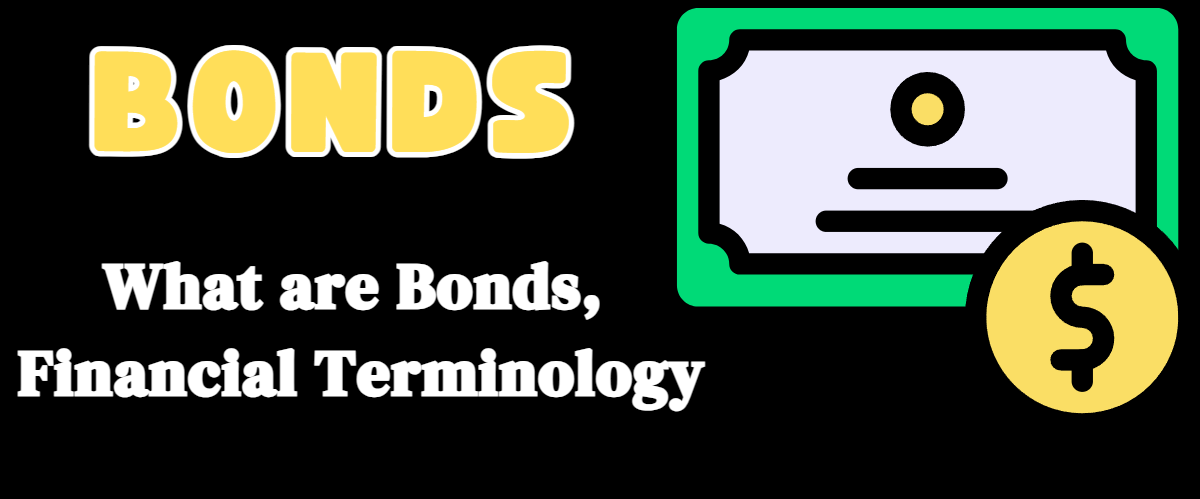In the vast landscape of financial markets, bonds stand as stalwart pillars of stability and income generation. Whether you are a seasoned investor or a newcomer looking to diversify your portfolio, understanding bonds is essential. This comprehensive guide aims to unravel the complexities of bonds, from their fundamental characteristics to their role in shaping investment strategies.
What are Bonds?
At its core, a bond represents a debt instrument issued by governments, municipalities, corporations, or other entities seeking to raise capital. When an investor purchases a bond, they are essentially lending money to the issuer in exchange for periodic interest payments, known as coupon payments, and the return of the bond’s face value, known as the principal, at maturity. Bonds are often considered fixed-income securities because they provide a predictable stream of income over a specified period.
Types of Bonds
- Government Bonds: These are issued by national governments to finance budget deficits, infrastructure projects, or other expenditures. Government bonds are typically considered low-risk because they are backed by the full faith and credit of the issuing government. Examples include US Treasury bonds (T-bonds), UK Gilts, and German Bunds.
- Corporate Bonds: Companies issue corporate bonds to raise capital for various purposes, such as expansion, acquisitions, or refinancing existing debt. Corporate bonds offer higher yields than government bonds but also carry varying degrees of credit risk based on the issuing company’s financial health and creditworthiness.
- Municipal Bonds: Issued by state or local governments, municipal bonds finance public projects like schools, hospitals, or infrastructure improvements. Municipal bonds can offer tax advantages for investors, particularly if they are issued within the investor’s home state.
How Bonds Work
Key Features of Bonds:
- Coupon Rate: The fixed interest rate that the issuer pays to bondholders periodically (typically semi-annually or annually).
- Maturity Date: The date when the issuer repays the bondholder the principal amount, also known as the face value or par value.
- Yield: The effective return on a bond, taking into account its current price, coupon payments, and maturity. Yield helps investors assess the bond’s profitability relative to its risk.
Bond Pricing:
Bonds can trade at three primary price points relative to their face value:
- Par Value: When the bond’s price equals its face value.
- Premium: When the bond’s price is higher than its face value, typically when interest rates have decreased since issuance.
- Discount: When the bond’s price is lower than its face value, usually due to higher prevailing interest rates or increased credit risk.
Why Invest in Bonds?
- Steady Income: Bonds provide predictable interest payments, making them attractive to income-focused investors, retirees, and those seeking stable cash flow.
- Diversification: Bonds have historically exhibited lower volatility compared to stocks, offering a potential hedge against market downturns and diversifying portfolio risk.
- Capital Preservation: High-quality bonds issued by stable governments or corporations are considered relatively safe investments, preserving capital while providing a modest return.
- Tax Advantages: Certain types of bonds, such as municipal bonds, may offer tax-exempt interest income at the federal, state, or local level, depending on the investor’s residency and the bond’s issuance.
Risks Associated with Bonds
While bonds are generally perceived as safer investments than stocks, they are not without risks:
- Interest Rate Risk: Bond prices and interest rates have an inverse relationship. When interest rates rise, existing bonds with lower coupon rates may decrease in value to align with higher-yielding new issuances.
- Credit Risk: The risk that the issuer may default on its debt obligations, resulting in missed interest payments or principal repayment delays. Bonds with lower credit ratings typically offer higher yields to compensate for increased risk.
- Inflation Risk: Fixed-income securities like bonds are susceptible to inflation eroding the purchasing power of future interest payments and the bond’s principal value over time.
- Liquidity Risk: Some bonds, particularly those issued by smaller corporations or less liquid markets, may face challenges in finding buyers or sellers, potentially impacting pricing and transaction efficiency.
Strategies for Investing in Bonds
- Asset Allocation: Determine the appropriate mix of bonds and other assets (e.g., stocks, cash equivalents) based on your risk tolerance, investment goals, and time horizon.
- Diversification: Spread investments across different types of bonds (government, corporate, municipal) and issuers to mitigate specific risks associated with any single bond or sector.
- Bond Laddering: Build a bond ladder by purchasing bonds with staggered maturities. This strategy helps manage interest rate risk while providing regular cash flow as bonds mature and are reinvested.
- Yield Curve Analysis: Monitor the yield curve (the graphical representation of bond yields across different maturities) to gauge economic expectations and adjust bond holdings accordingly.
Conclusion
Bonds play a vital role in diversified investment portfolios, offering income, capital preservation, and risk mitigation benefits. Understanding the nuances of bond investing—from the different types and features to associated risks and strategies—empowers investors to make informed decisions aligned with their financial objectives.
By grasping the fundamental principles outlined in this guide, investors can navigate the bond market with confidence, leveraging bonds’ strengths to enhance portfolio stability and achieve long-term financial goals. Whether seeking steady income, diversification, or capital preservation, bonds remain a cornerstone of prudent investment strategies in today’s dynamic financial landscape.

